Childhood 1912-1930
A village childhood Li Qun’s roots trace back to a quaint mountain village, an enclave characterised by a mere six
In Li Qun’s contemplation, Yan’an had long been the revered sanctuary he ardently sought. Communist Party members and numerous progressives within the “Wuhan Third Office” had already developed a certain level of “Yan’an Fever“. Although Li Qun was not yet a Communist Party member at that time, poet Guang Weiran (光未然) had already requested him to fill out a Party application. However, due to the unresolved investigation and review of his imprisonment and release details, formal procedures were yet to be completed. Nevertheless, Li Qun’s unwavering political inclinations were evident. Prior to joining the “Third Drama Troupe” he arranged for his partner, Liu Ping Du (刘萍杜), to depart with a group of painters heading to Yan’an to study at the “Northern Shaanxi Public School” ensuring a reunion upon his arrival, reminiscent of the “Cowherd and Weaver Girl” tale. From this alone, his aspirations were unmistakable.
Despite the appearance of the third drama team operating under Kuomintang and Nationalist Government leadership, their journey north followed a pre-planned route. Their initial destination was Xi’an, then traversing the Yellow River through Luochuan and Yichuan to Ji County, Shanxi Province. Everywhere they traveled, they presented programs such as “Military-Civil Cooperation” and engaged in various publicity activities. Subsequently, they reached Quanziping Village, initially situated in Xi County and now within Lingshi County. Here, Li Qun experienced approximately three months of frontline life in the Second Column of the Shanxi Anti-Japanese New Army led by the Communist Party. After celebrating the Spring Festival (Chinese New Year) in 1939, the troupe arrived in Yan’an. Their performances were witnessed by central leaders such as Mao Zedong and Liu Shaoqi, which left a profound impact on Li Qun. Additionally, he visited the renowned “Lu Xun Academy of Arts and Letters” and had the joy of reuniting with his lover Liu Ping Du, who had graduated as a nurse from the “Northern Shaanxi Public School of Health”. During his over four-month stay in Yan’an, though constrained by limited conditions, he managed to publish his novel “The Story of the Wild Girl” in “Literary Front” edited by Zhou Yang. However, by mid-April, the third drama team bid farewell to Yan’an, preparing to march to the anti-Japanese frontline in southeastern Shanxi.
While passing through Yichuan, the “Second Theatre” led by Yan Xishan was establishing a “National Revolutionary Art Academy” requiring support from the “Third Team” in the form of several art cadres. Li Qun was selected as the director of the art department. Despite obeying this assignment, he harboured a yearning for the anti-Japanese frontline and Yan’an.
Fortunately, by the end of autumn, this “folk art” project came to an end, ceasing just over three months after the school year commenced. This was attributed to the “December Incident in Western Shanxi” and the anti-communist wave initiated by Yan Xishan. Consequently, many progressives organised and covertly retreated to Yan’an.
In early January 1940, Li Qun entered Yan’an for the second time and was assigned to “Lu Yi” (Lu Xun Arts Academy) as a teacher in the art department. “Lu Yi” (“鲁艺”) was located in Qiaoergou, Yan’an, where Li Qun had the opportunity to interact with numerous prominent figures in the literary and art circles, including Jiang Feng (江丰), Zhou Yang (周扬), Xian Xinghai (冼星海), Lu Ji (呂骥), Li Huanzhi (李焕之), Zhou Libo (周立波), He Qifang (何其芳), Ma Da (马达), Yan Wenjing (严文井), Zhang Ding (张仃), Cai Ruohong (蔡若虹), Wang Shikuo (王式廓), and others. Despite the challenging living conditions, Li Qun exuded enthusiasm and confidence. Eager to defeat the Japanese invaders and liberate China, he not only endeavoured to be a proficient teacher, but also actively assumed the role of a “student” delving into Marxist-Leninist works and other classics to learn from these esteemed “masters”.
Upon his arrival in Yan’an, Li Qun attended the first congress of the Shaanxi-Gansu-Ningxia Border Region Cultural Association and personally heard Chairman Mao Zedong’s report “On New Democracy“. Subsequently, he participated in the historically significant “Yan’an Forum on Literature and Art” where Chairman Mao delivered speeches on May 2, May 16, and May 23. On November 11, 1941, Li Qun officially joined the Communist Party of China, a movement he had faithfully followed for many years.
In Yan’an, Li Qun prolifically produced woodcut works, including “Listening to Report“, “Drink“, “Cave Dwelling Build“, “Logging“, “Burning Charcoal”, “Transporting Charcoal“, “Portrait of Chairman Mao“, “Rest“, “Northern Shanxi Girl“, “Yan’an Luyi School“, “Radish Peeling“, “Northern Shanxi Elder“, “Portrait of Chernyshevsky“, “Portrait of Mayakovsky“, “Abundant Food and Clothing” “Model Worker Zhao Zhankui“, “Help People Repair Spinning Wheels“, “Planting Trees“, “Primary School Teacher“, “Model Teacher Liu Baotang“, “Little Sister” and many others.
During his time in Yan’an, Li Qun faced hardship, absorbed profound knowledge, and lived through a transformative period. Observers witnessed the continuous evolution of this progressive young man, noting his steady progression from a young advocate to a promising individual.
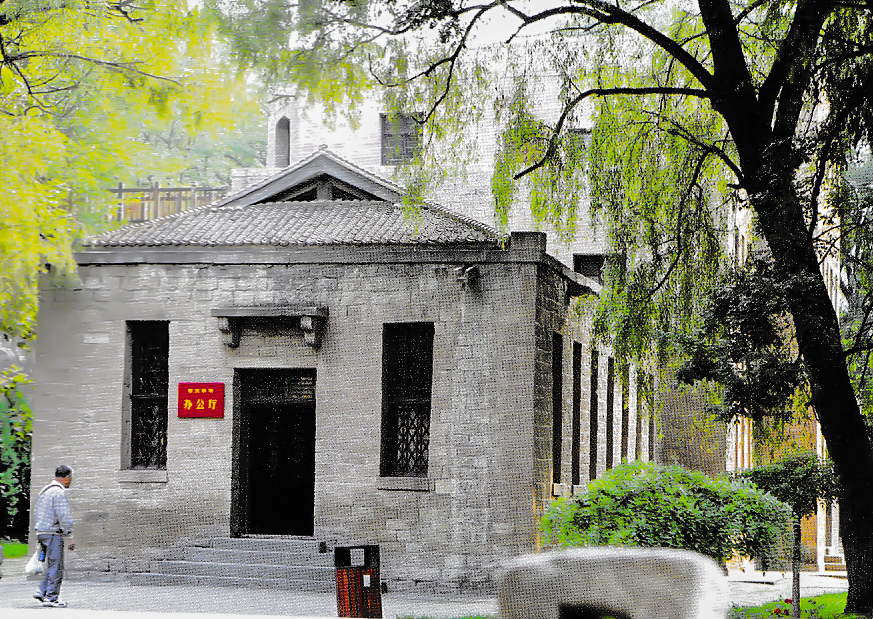
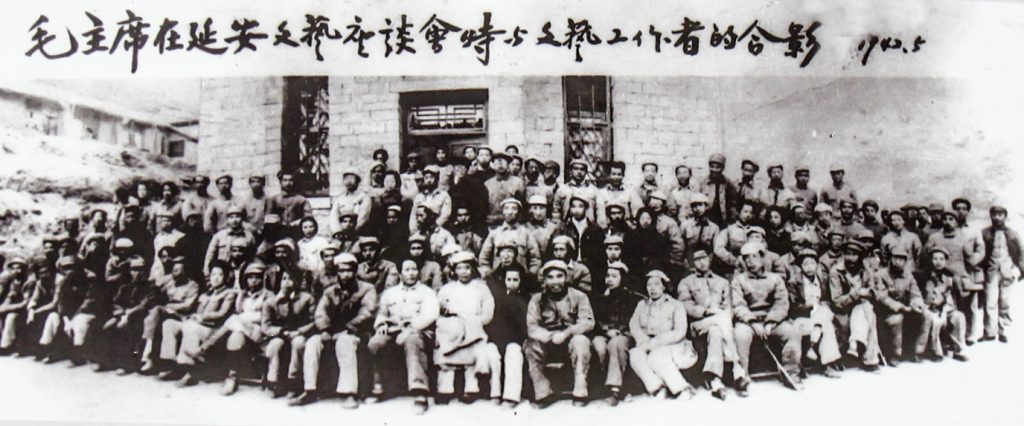
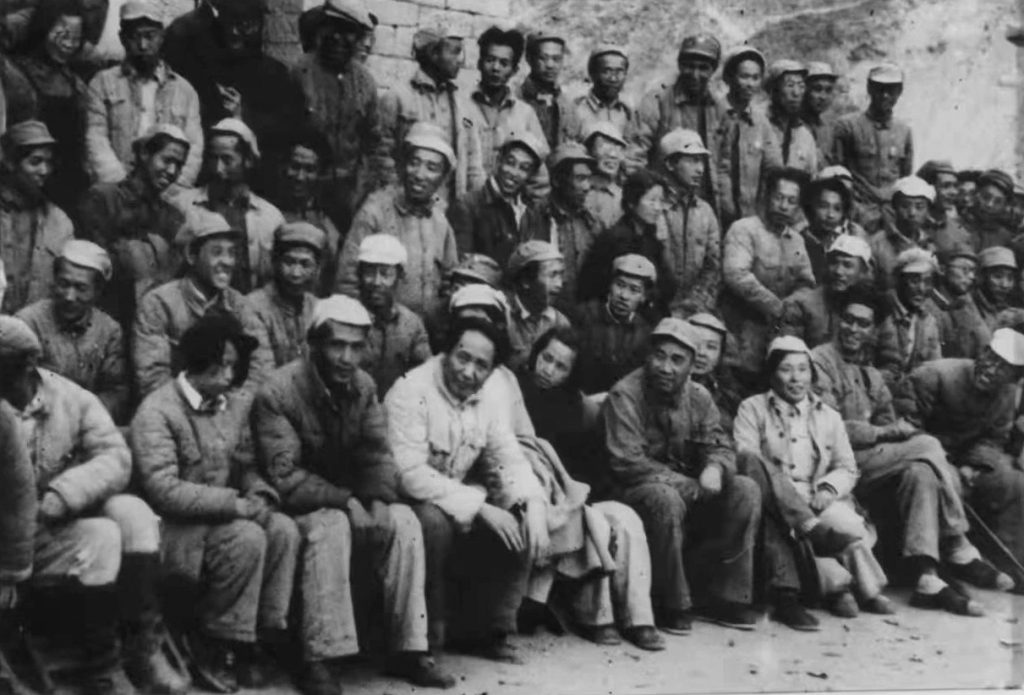
The accompanying image captures a group photo of the participants, with notable figures such as Kang Sheng (康生), Kaifeng (凯丰), Ren Bishi (任弼时), Wang Jiaxiang (王稼样), Xu Teli (徐特立), Bo Gu (博古), Liu Baiyu (刘白羽), Luo Feng (罗烽), Cao Ming (草明), Tian Fang (田方), Mao Zedong (毛泽东), Zhang Wuzhen (张悟真), Chen Boer (陈波儿), Zhu De (朱德), Ding Ling (丁玲), Li Bozhao (李伯钊), Qu Wei (瞿维), Li Qun, Zhou Wen (周文), and Hu Jiwei (胡绩伟) seated in the front row from left to right.
In May 1942, the Central Committee of the Communist Party of China convened the “Yan’an Forum on Literature and Art” and “Yan’an Rectification Movement” a profoundly significant event aimed at fostering a robust proletarian ideology and promoting the study of Marxism-Leninism among literary and art workers. The attendees comprised leaders from Yan’an’s literary and art circles, along with renowned writers and educators from “Lu Yi” Lu Xun Arts Academy (鲁艺). Chairman Mao presided over three sessions on May 2, May 16, and May 23, delivering the renowned “Speech at the Yan’an Forum on Literature and Art“. Li Qun had the esteemed privilege of participating in this gathering, directly hearing Chairman Mao’s speech and the addresses from other participants. This experience clarified the direction of serving the workers, peasants, and soldiers, outlined the relationship between popularisation and refinement, and established a steadfast proletarian stance. Subsequently, Li Qun delved into the masses, immersed himself in life, explored folk literature and art, and engaged in the fervour of creating New Year pictures beloved by the masses.
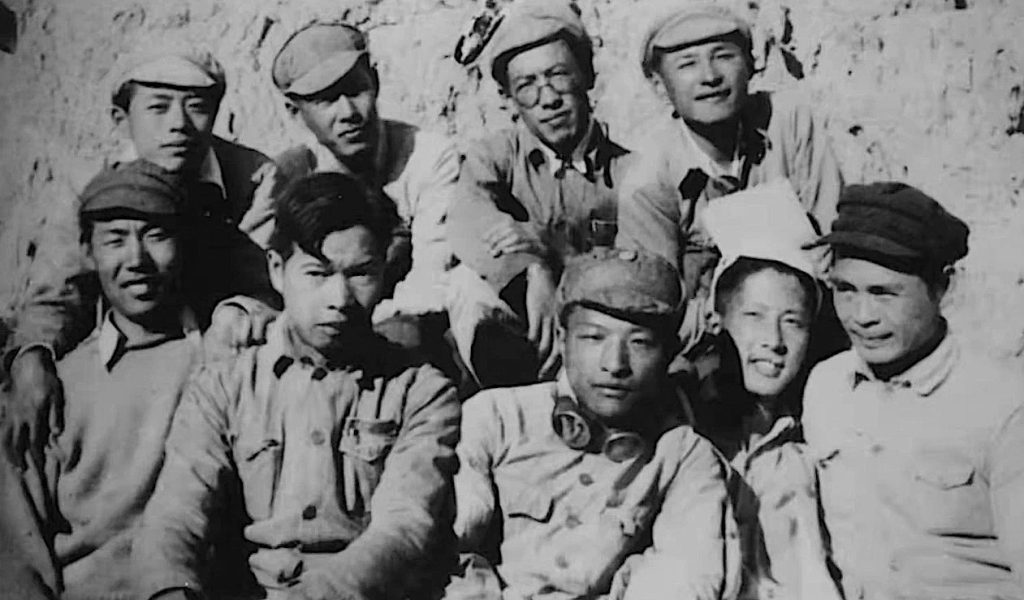
During the Yan’an era, a group photograph was captured featuring teachers from the Art Department of “Lu Yi” and Comrade Hua Junwu (华君武), who collaborated and resided together. In the front row, from left to right, are Wang Shikuo (王式廓), Ma Da (马达), Hu Kao (胡考), Hua Junwu (华君武), and Hu Man (胡蛮). The back row includes Cai Ruohong (蔡若虹), Wang Manshuo (王曼硕), Li Qun, and Jiang Feng (江丰).
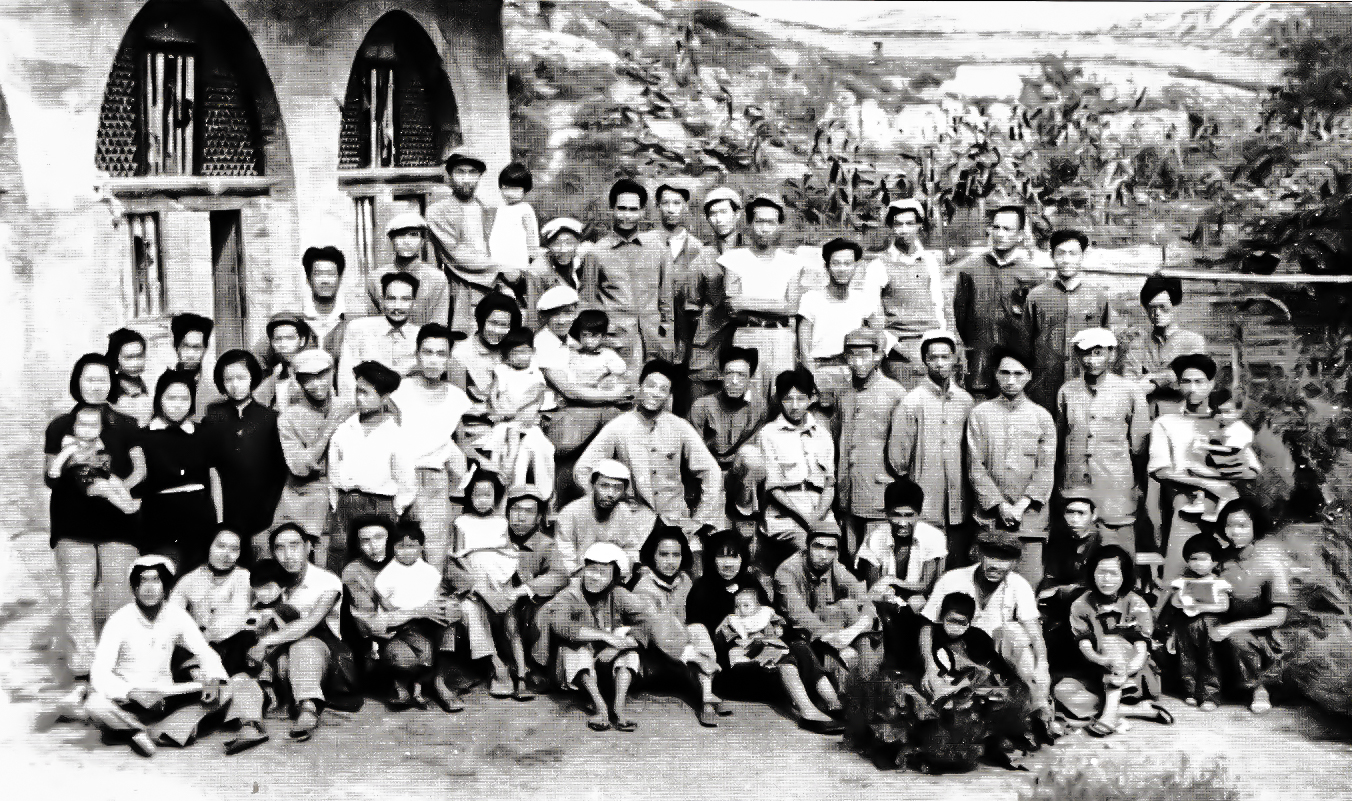
In 1945, on the brink of the Chinese people celebrating the triumph of the Anti-Japanese War, a collective photograph was taken of all the teachers and their family members from the Fine Arts Department of Yan’an Lu Yi (Lu Xun Arts Academy), set against the backdrop of the school building. Notably, Li Qun is the seventh person from the right in the middle row, and Liu Pingdu (Wife) is positioned as the seventh person from the right in the front row, cradling their third son, A Qiang.
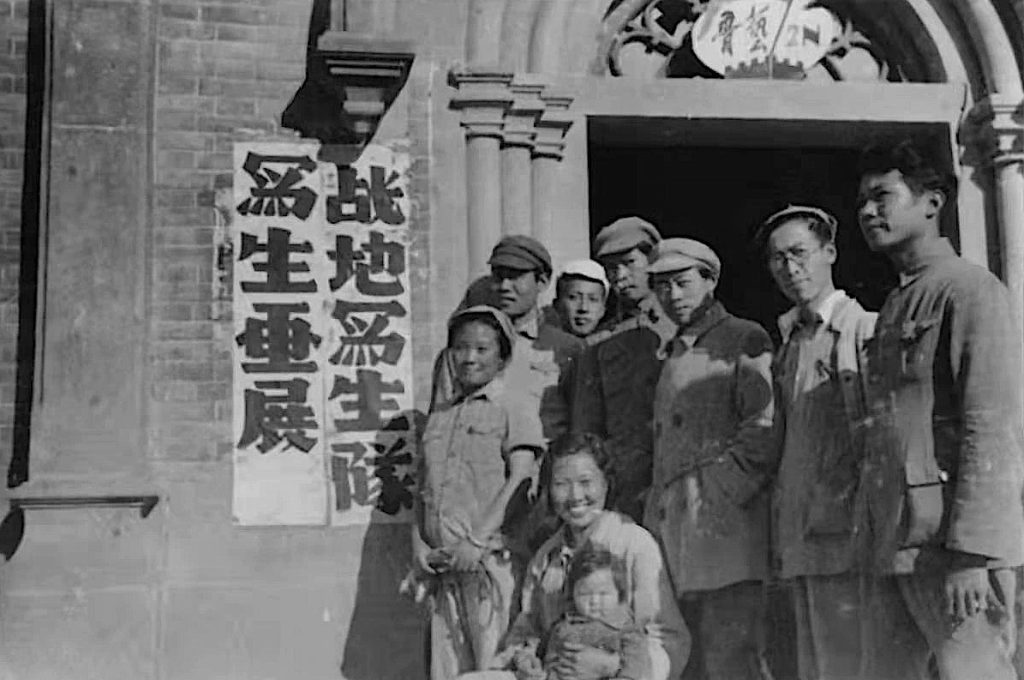
The accompanying photo captures a group shot from the sketch exhibition. Li Qun is positioned second from the right, and in the back row from left to right are Wang Shikuo (王式廓) (with Wu Xian, Wang Shikuo’s partner, holding a child in front), Hua Junwu (华君武) and Cai Ruohong (蔡若虹).
In 1941, Li Qun achieved notable milestones within the artistic realm of “Lu Yi” in Yan’an. Firstly, he crafted a series of woodcut works such as “Logging“, “Burning Charcoal”, “Transporting Charcoal“, “Portrait of Chairman Mao“, “Rest“, “Women“, “Yan’an Lu Yi School Scene“, “Radish Peeling” and “Northern Shaanxi Elder“. Secondly, Li Qun collaborated with Gu Yuan (古元), Liu Ben (刘岘), and Jiao Xinhe to host a joint woodcut exhibition at the Yan’an Military Club. Thirdly, he became a member of the battlefield sketching team, with his sketches prominently featured in exhibitions. Most significantly, on November 11 of that year, he officially joined the Communist Party of China at “Lu Yi”.
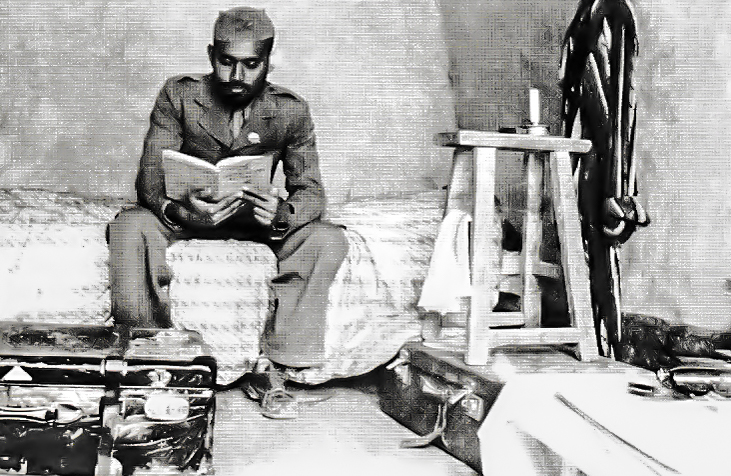
Displayed here is a cherished photo of (Dwarkanath Kotnis) Kotnis Ke Dihua (1911-1942), an internationalist fighter and Indian doctor, highly valued by Li Qun and Liu Pingdu. Kotnis arrived in China with the Indian medical team in 1938 to assist the country. The following year, after relocating to Yan’an and serving as the chief surgeon at the Eighth Route Military Hospital, Kotnis presented this photograph to Liu Pingdu, who was the head nurse at that time. Kotnis later assumed the role of director at the Bethune International Peace Hospital named after the socialist Canadian physician Norman Bethune in the Shanxi-Chahar-Hebei Border Region. Unfortunately, he succumbed to overwork on December 9, 1942.
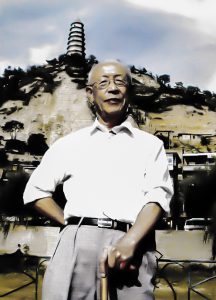
Li Qun gained prominence in Yan’an, a city located in the northern part of Shaanxi province, in north-central China. This city became renowned as the wartime stronghold of the Chinese communists during the mid-1930s to 1949. Yan’an is situated on the intricately carved Loess Plateau, characterised by deeply etched gullies formed by windblown soil known as loess. Positioned on the south bank of the Yan River within a basin surrounded by hills, Yan’an served as a crucial road junction for northeast Shaanxi. In historical times, it held strategic importance due to its proximity to the border between agriculturally viable areas in Shaanxi and the arid lands to the north, blending into the Ordos Plateau.
In the accompanying photograph (Picture 3, front row), notable individuals are identified: Cao Heting, former office director of Lingshi County Government and former deputy director of the United Front Work Department of Jinzhong Municipal Party Committee (first from right); Lin Jiai, chairman of the Lingshi County CPPCC (second from right); Zhang Yingkang (third from right); Wen Shuguang (fourth from right).
The historical significance of Yan’an is embodied in the former site of the “Lu Yi” (Lu Xun Arts Academy) teachers’ dormitory (depicted in Pictures 1 and 2). Despite the passage of time and subsequent renovations, this location remains deeply ingrained in the memories of local elders. During a visit in September 2008, guided by a 75-year-old man named Jia, who willingly took the lead, providing insightful details about Qiaoergou. Jia shared that his father maintained extensive connections with “Lu artists” during that era, and this site held nostalgic value for him, being a place frequented during his childhood with his father.
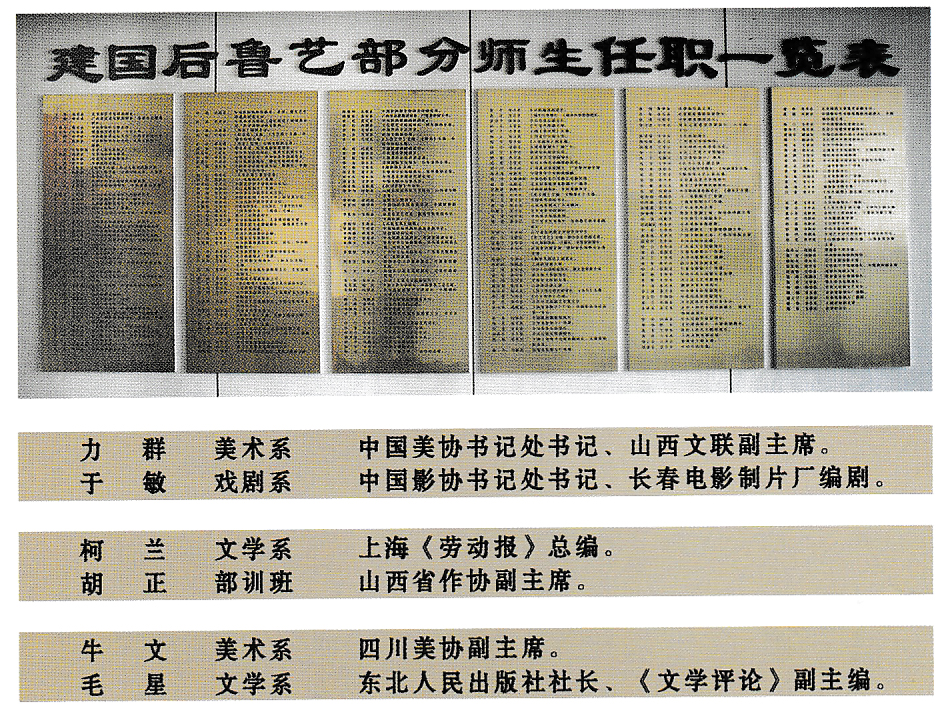
September 17, 2008, the original site of Yan’an Lu Yi (Lu Xun Arts Academy) provides a visual glimpse into the historical context of these distinguished individuals.
The “Lu Yi” showroom in Yan’an serves as a repository of the post-1949 appointments of several teachers and students from Lu Yi. During our exploration of Li Qun’s association with this institution, we discovered a notable presence of individuals not only from Shanxi, such as Ma Feng (马烽), Xirong (西戎), Sun Qian (孙谦), and Su Guang (苏光), but also from Lingshi. Among these distinguished names were Li Qun, Hu Zheng (胡正), and Niu Wen (牛文).
Li Qun, affiliated with the Department of Fine Arts, later served as the Secretary of the Secretariat of the China Artists Association and Vice Chairman of the Shanxi Federation of Literary and Art Circles. Hu Zheng (胡正), a participant in the Ministry training class, went on to become the Vice Chairman of the Shanxi Provincial Writers Association. Niu Wen (牛文), associated with the Department of Literature, assumed the role of Vice Chairman of the Sichuan Artists Association.
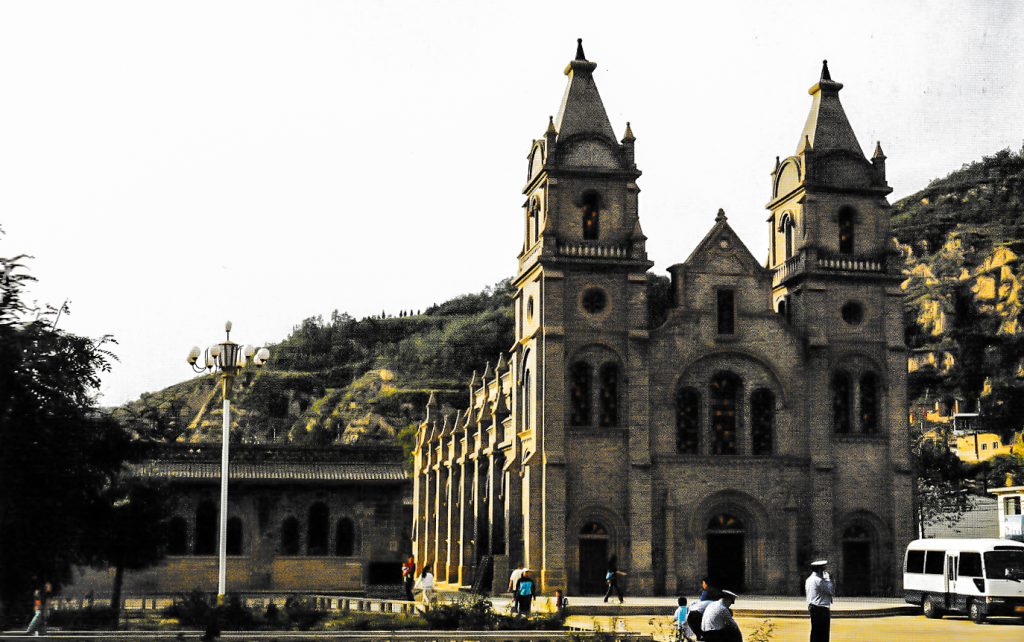
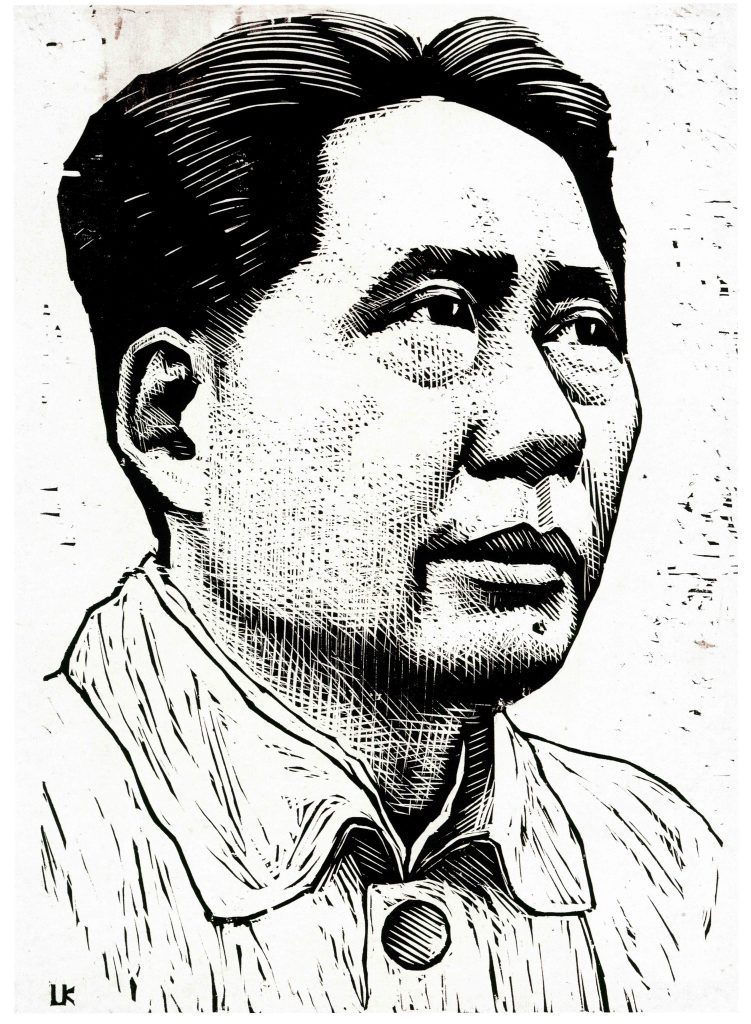
The creation of the “Portrait of Comrade Mao Zedong” unfolded during the Yan’an Forum on Literature and Art, a period marked by profound reverence for Mao Zedong. In crafting this piece, Li Qun approached the task with sincerity and meticulous care. Impressed by its quality, Zhou Libo (周立波) and Chen Huangmei (陈荒煤), teachers in the Literature Department of “Lu Yi” suggested presenting it to Chairman Mao. During Li Qun’s visit to Yangjialing near Yan’an to offer the portrait, he coincidentally encountered Chairman Mao taking a nap, and, not wanting to disturb him, handed the artwork to his secretary with utmost respect.
Several weeks later, Li Qun, having nearly forgotten about the portrait, received an unexpected revelation from Zhang Geng (张庚). Zhang Geng shared Chairman Mao’s inquiry about Li Qun and the woodcut portrait during a play at the auditorium, expressing gratitude. Regretfully, due to Li Qun’s absence from the venue, the connection between the artist and Chairman Mao was missed. This incident left Li Qun with a mix of remorse and pride, realising the significance of the opportunity he had let slip away.
The original painting, which portrayed a darker image, underwent re-engraving after the Yan’an Forum on Literature and Art, resulting in a brighter depiction of Mao.
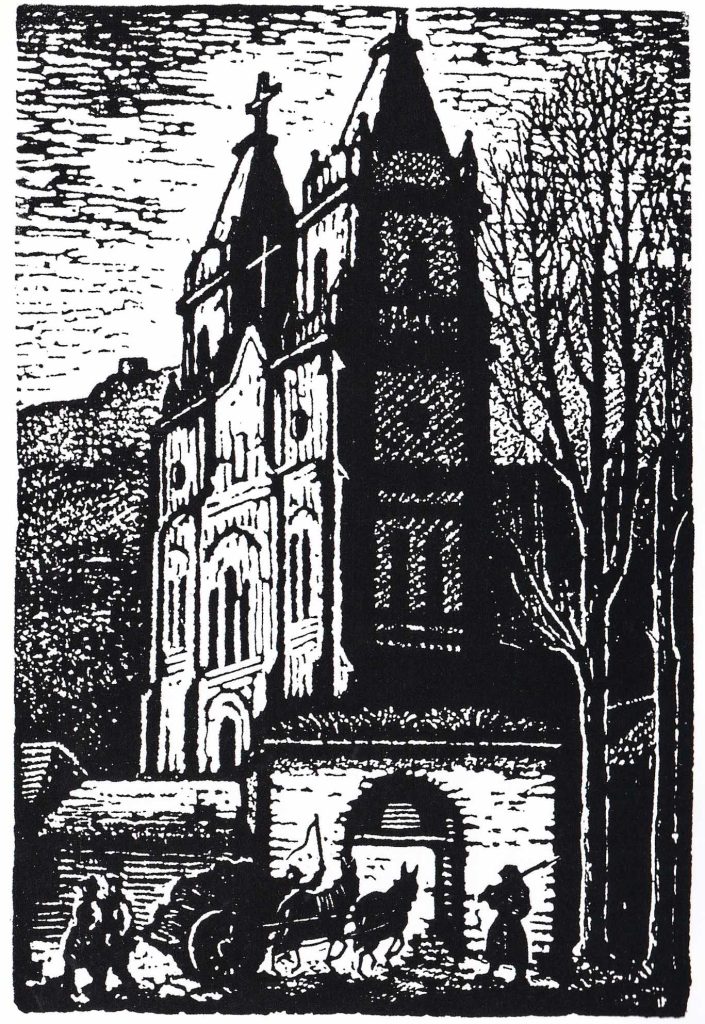
Originally a location where Spanish Catholic priests preached, the site of “Lu Yi” school in Yan’an witnessed a transformation following the Red Army’s entrance into northern Shaanxi. As the priests departed, the premises evolved into the esteemed “Lu Xun Academy of Arts and Letters“. In 1941, Li Qun carved “Yan’an Lu Yi School Scene” initially named “Yesterday’s Church”. This woodcut masterpiece garnered considerable acclaim when exhibited at the Yan’an Military Club. Ai Wei Wei’s father Poet Ai Qing (艾青), in a review article for the “Liberation Daily” hailed it as the finest among all works, praising its “most commendable painting” and “the most vivid expression technique”.
Notably, “Yan’an Lu Yi School” achieved global recognition when the “British Museum” in London added it to their collection on April 16, 1999.
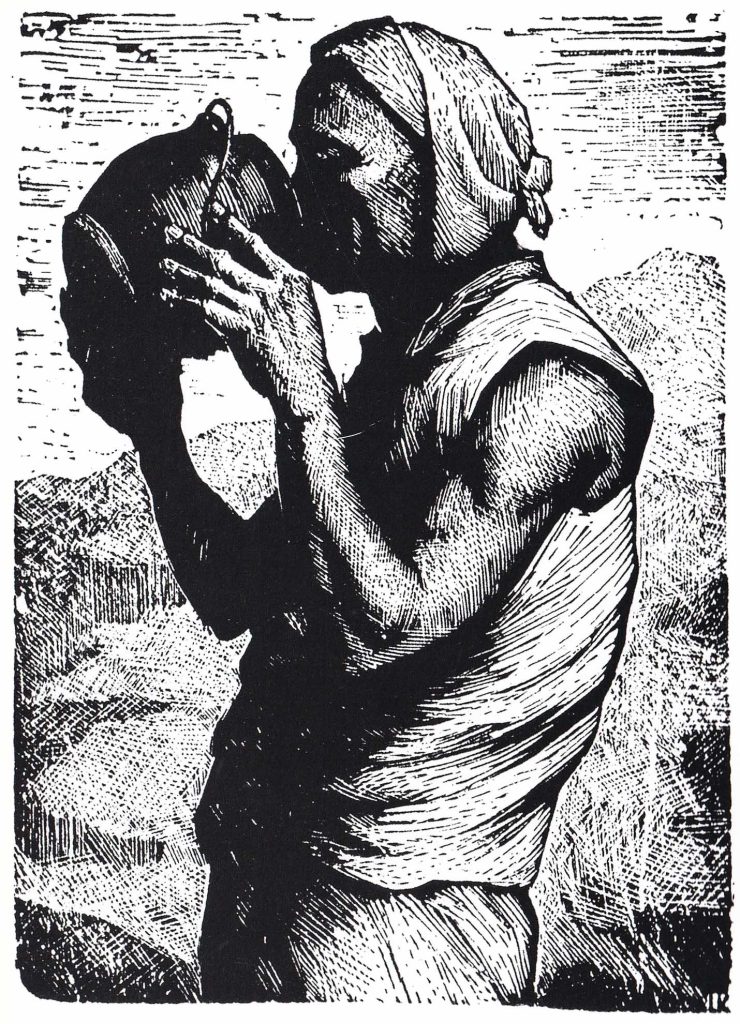
“Drink” created in 1940, serves as a tribute to the industrious working class, celebrating their diligence, modesty, and robust health. In Cai Ruohong’s (蔡若虹).insightful commentary within his book “Barefoot People’s Paradise” he expressed a particular fascination with this piece. Notably, “Drink” found a prestigious place in the collection of the “British Museum” in London on April 16, 1999.
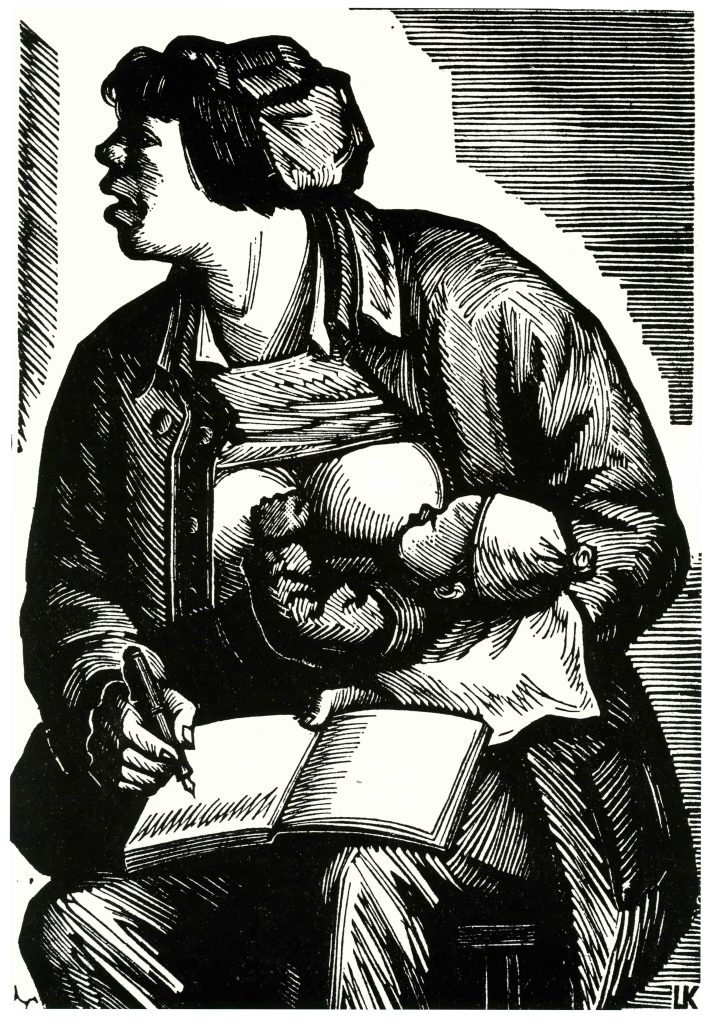
Crafted in 1940, of Li Qun’s wife Liu Pingdu (刘萍杜) and eldest son A Qiang. “Listening to the Report” eloquently extols the spirit of learning prevalent among the residents of Yan’an. Capturing the essence of the vibrant scenes that delighted Li Qun upon his arrival in Yan’an, this woodcut found a prestigious home in the “National Gallery of Australia” in Canberra when Li Qun hosted the “Retrospective Exhibition of Li Qun’s Prints” in Sydney, Australia, in 1995.
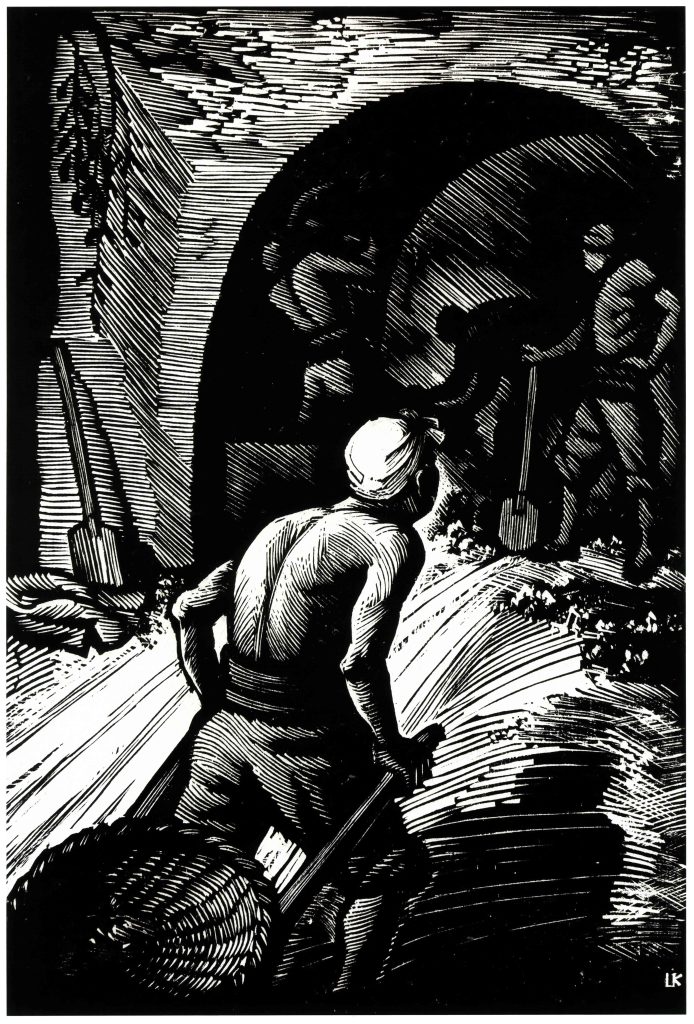
In Yan’an, Li Qun, like many others, resided in a cave dwelling. These uncomplicated earthen abodes were crafted in harmony with the local terrain, perched on the mountainside. Varying in depth, these dwellings provided warmth in winter, coolness in summer, sturdy walls, and towering roofs. Even when subjected to bombings by Japanese planes, these structures, resilient against ordinary incendiary devices, showcased the distinctive architectural advantages of the northwestern region of China. Li Qun’s 1940 creation, “Cave Dwelling Build” not only pays homage to the toil of migrant workers who fashioned these caves but also serves as a timeless commemoration of the resilience of cave dwellings during challenging times.
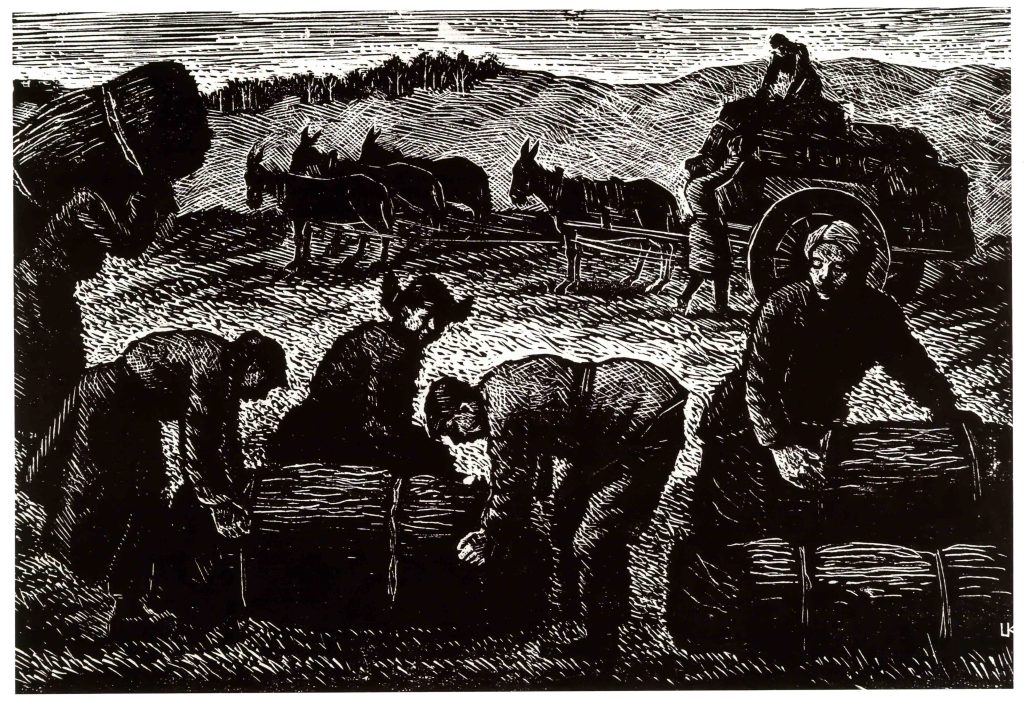
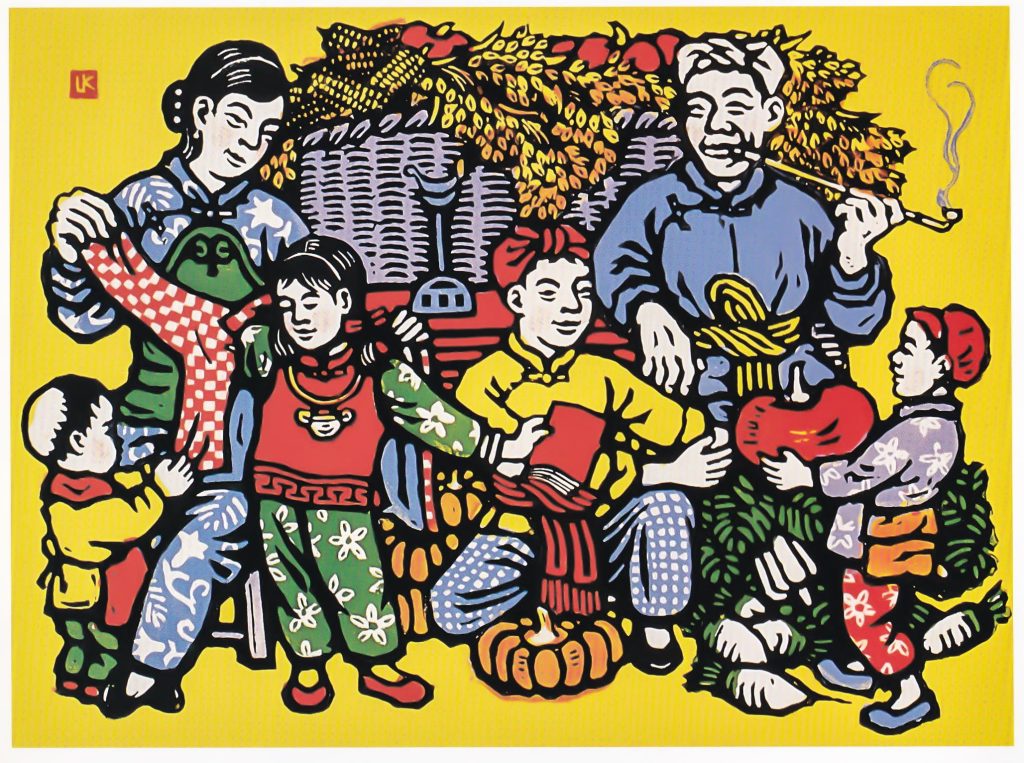
Following the Yan’an Literature and Art Forum, a fervour for embracing folk art swept through the Yan’an literary and art circles. The outcome of this exploration within the “Lu Yi” Art Department was the creation of New Year’s paintings. “Abundant of Food and Clothing” was meticulously engraved by Li Qun, drawing inspiration from his New Year painting manuscript. As the Spring Festival (Chinese New Year) draws near, the artwork captures the zeal of the people in northern Shaanxi as they forge a new life with their own hands, fostering a joyful and tranquil ambiance within their households.
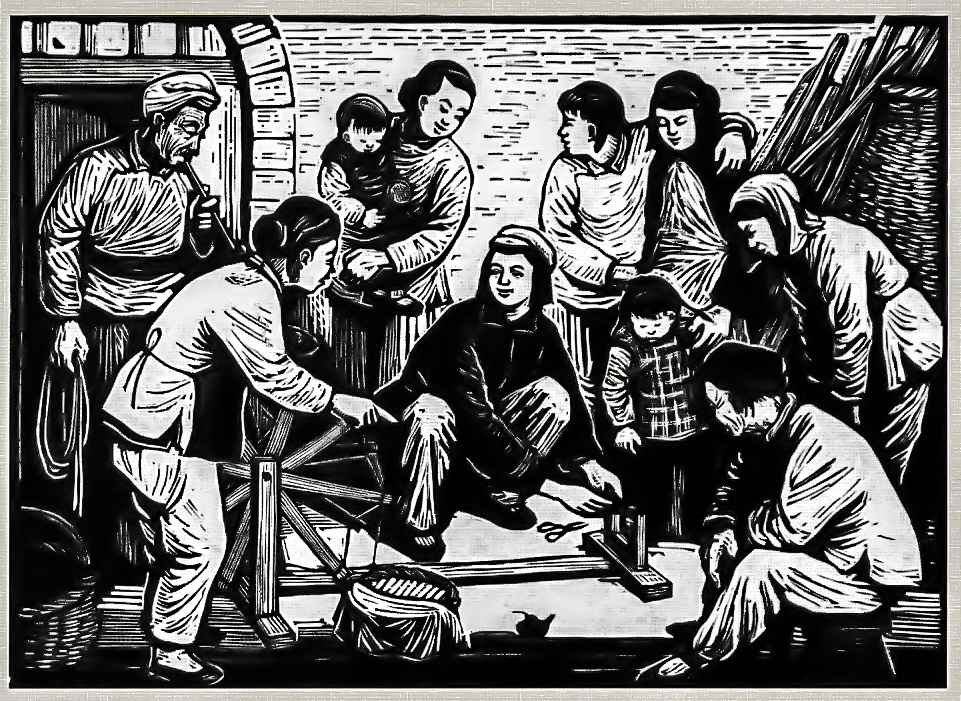
Post-1944, Yan’an hosted model worker conferences and cultural and educational gatherings. In preparation for these events, faculty and students from “Lu Yi” were mobilised to create paintings featuring heroic and exemplary figures, subsequently organising exhibitions. Li Qun actively participated in both the painting and exhibition endeavours. “Helping People Repair Spinning Wheels” originated from one of the comic strips he illustrated, portraying the cultural and educational hero Tao Duanyu, a teacher at Yangjialing Primary School. This piece extols the teacher’s fervent commitment to serving the people beyond his official duties. Simultaneously, it provides vivid group portraits of rural women, celebrating the new life emerging in the liberated areas.

Under the influence of “Lu Yi’s” production and performance of the new Yang opera “Brothers and Sisters Opening up Wasteland” (兄妹开荒) and the new opera “White-Haired Girl” (白毛女) the fellow villagers in Qiaergou, near the location of “Lu Yi” also created and performed the new Yang opera “Little Sister” (小姑贤). Li Qun showed great interest in their performance. Later, when the play was compiled into a single volume, he was invited to create five woodcut illustrations for it. When the locals initially displayed this illustration on the “Qiaoergou Wall Poster” (桥儿沟壁报) at the village’s entrance, people warmly welcomed it, rushing to view and express their appreciation. This reception greatly encouraged Li Qun. Since the establishment of the “Mu Ling Woodcarving Research Association” in 1933, the commitment of printmaking art to serve the working people has been consistently emphasised. Only now did he fully sense its impact. The illustrations of “Little Sister” have been preserved as a testament to the widespread acclaim and praise from the broader masses.
A village childhood Li Qun’s roots trace back to a quaint mountain village, an enclave characterised by a mere six
A fervent and spirited young man, deeply moved by the news of the “September 18th” incident, found himself compelled to
Following the Marco Polo Bridge Incident on July 7th, a significant event unfolded in Shanghai known as the “August 13th”
In Li Qun’s contemplation, Yan’an had long been the revered sanctuary he ardently sought. Communist Party members and numerous progressives
In August 1945, following the Japanese surrender, Liqun bid farewell to Yan’an, where he had dedicated six years of work
Following the inaugural national literary congress, Li Qun adhered to Comrade Zhou Yang’s directives and returned to Shanxi to collaboratively
During the tumultuous period of the “Cultural Revolution,” Li Qun, like many writers and artists, faced severe hardships and endured
With the demise of the “Gang of Four,” a wave of joy swept across China. Li Qun, like countless others,
Determining precisely when Li Qun entered old age proves challenging, given the considerable gap between his vitality and chronological age.
In memory of Li Qun (1912-2012)
Our mission is to safeguard and champion Li Qun’s artistic legacy and literature for the benefit of future generations. This digital memorial stands as a tribute to Li Qun’s lifetime of artistic brilliance.
Our pledge is to meticulously document and categorise every piece of art created by Li Qun, creating a comprehensive resource for enthusiasts and scholars alike. Furthermore, we are committed to preserving his gallery, the Li Qun Art Gallery, and promoting Lingshi county, Taiyuan city and Shanxi province.
Delve into our extensive online catalogue, uncover the curated locations of Li Qun’s art, or visit the Li Qun Art Gallery located in the culturally rich Wang Jia Da Yuan. Set against the backdrop of the heritage-listed Wang’s Family Compound, a Qing Dynasty mansion, the gallery seamlessly blends art and tradition.
Explore the profound impact of Li Qun’s artistic journey, through both the visual realm and the literary dimensions of his work.
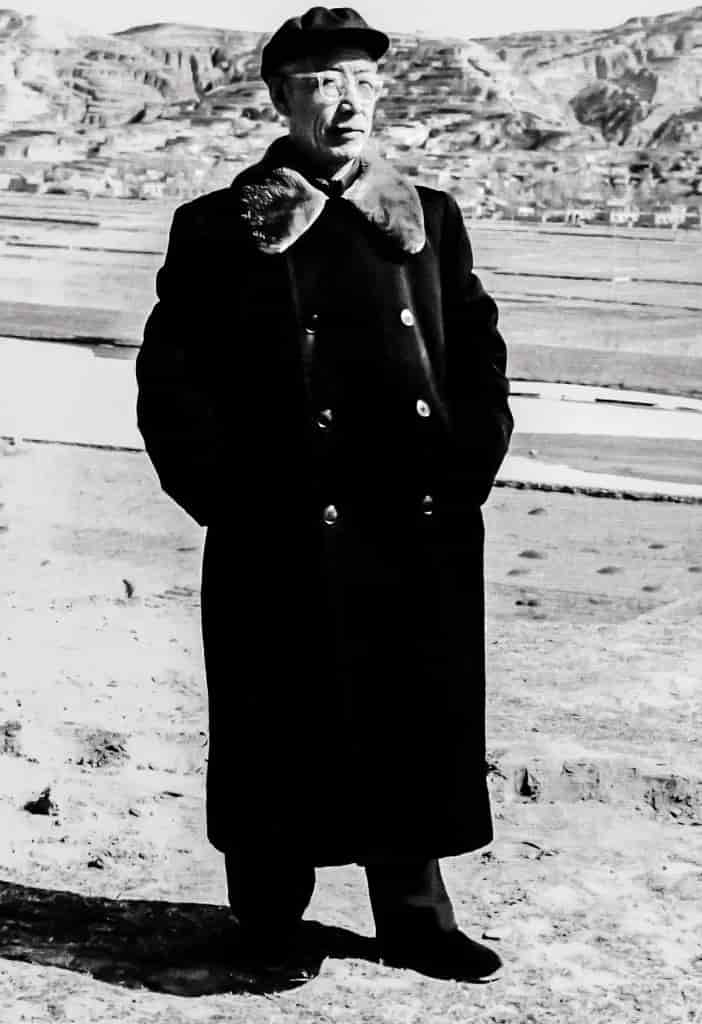
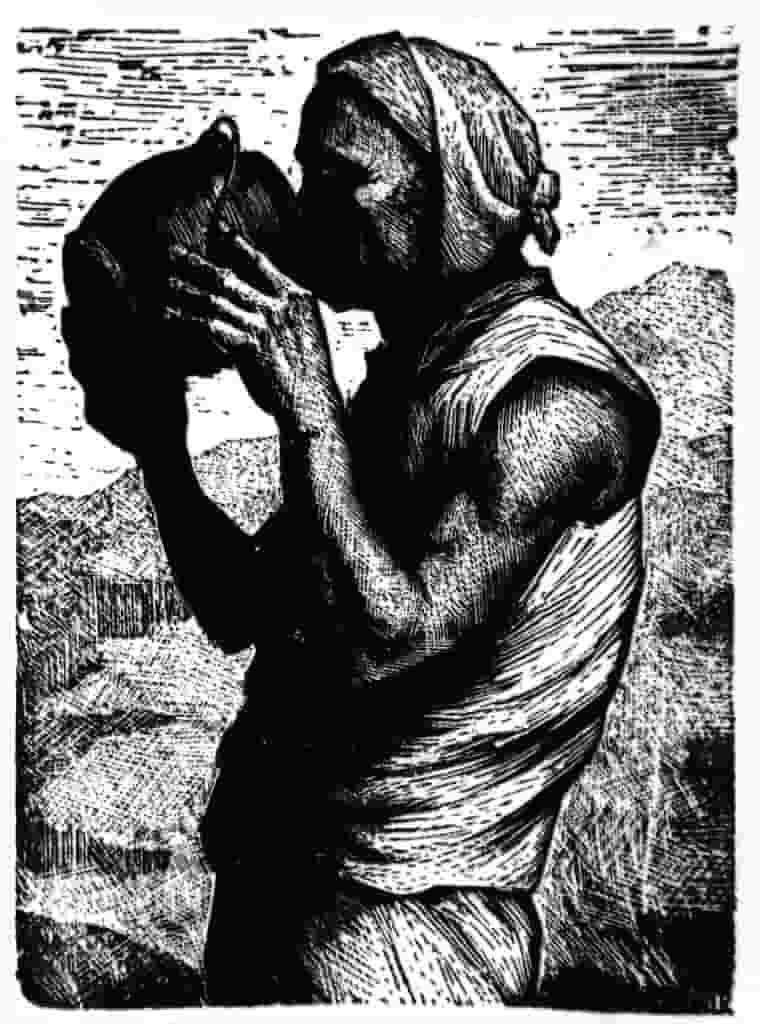

A village childhood Li Qun’s roots trace back to a quaint mountain village, an enclave characterised by a mere six courtyards and ten households in its nascent years. This hamlet, situated in Lingshi County, Shanxi Province, earned its identity as Hao Jia Zhang. Positioned to the east of Fenhe River,
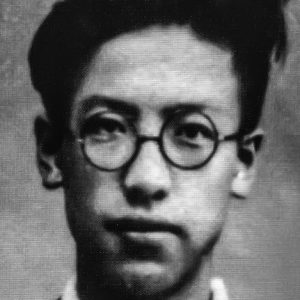
A fervent and spirited young man, deeply moved by the news of the “September 18th” incident, found himself compelled to resist the aggressive incursions of Japanese imperialism on Chinese soil. Unwilling to acquiesce to a policy of non-resistance before aggressors or to tolerate any actions undermining national prestige, the young
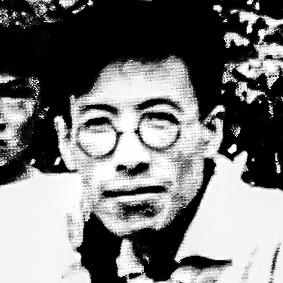
Following the Marco Polo Bridge Incident on July 7th, a significant event unfolded in Shanghai known as the “August 13th” Anti-Japanese War. It marked a critical juncture for the Chinese nation, prompting a collective response from those unwilling to endure subjugation. The call to action resonated with the spirit of
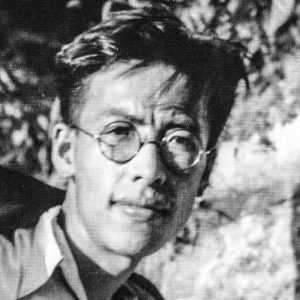
In Li Qun’s contemplation, Yan’an had long been the revered sanctuary he ardently sought. Communist Party members and numerous progressives within the “Wuhan Third Office” had already developed a certain level of “Yan’an Fever”. Although Li Qun was not yet a Communist Party member at that time, Guang Weiran had
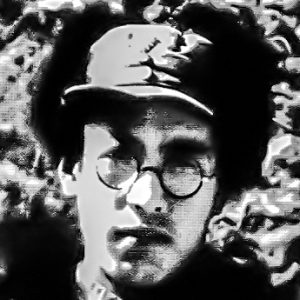
In August 1945, following the Japanese surrender, Liqun bid farewell to Yan’an, where he had dedicated six years of work and life. He arrived in Xingxian County, Shanxi Province, which served as the political and cultural hub of the Shanxi-Suiyuan Border Region. There, he assumed the role of chief editor
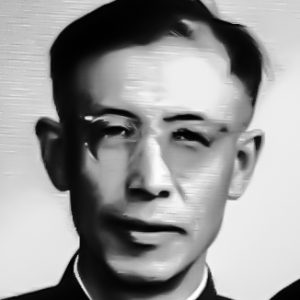
Following the inaugural national literary congress, Li Qun adhered to Comrade Zhou Yang’s directives and returned to Shanxi to collaboratively establish the Shanxi Federation of Literary and Art Circles with Comrade Gao Muhong. In December 1949, the first literary congress of Shanxi Province was successfully convened, electing Gao Muhong as
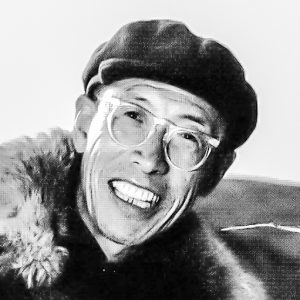
During the tumultuous period of the “Cultural Revolution,” Li Qun, like many writers and artists, faced severe hardships and endured humiliation. Initially transferred back to Shanxi in early 1966, the upheaval of the “Cultural Revolution” saw him forcefully returned to Beijing, labeled as part of the “gangster” team of “reactionary
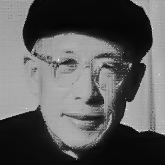
With the demise of the “Gang of Four,” a wave of joy swept across China. Li Qun, like countless others, found himself advancing into a new chapter in the aftermath of the storm, standing beside the “sinking boat” and the “ailing tree” during a time of tremendous possibilities.
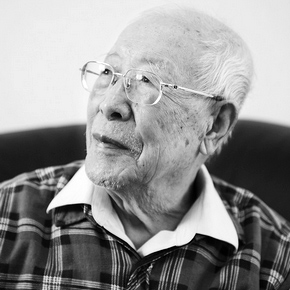
Determining precisely when Li Qun entered old age proves challenging, given the considerable gap between his vitality and chronological age. As mentioned earlier, even in his 70s during the reform and opening up era, he exhibited a spirit that belied his years. Approaching 80, on the cusp of the new
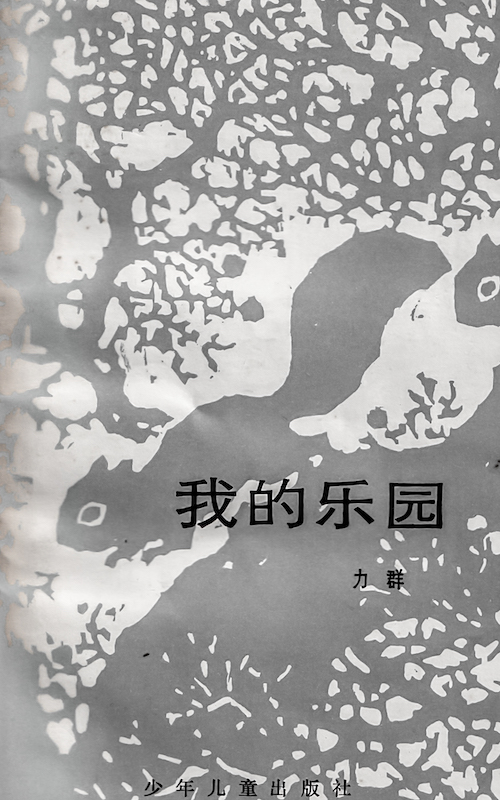
The pure and lively sensibilities of children, influenced by nature, the memorable and relatable people encountered during youth, and the longing of young minds for life and his emotional reflections. These themes permeate the work of the acclaimed woodcuts artist Li Qun. In this book, Li Qun skilfully intertwines literature
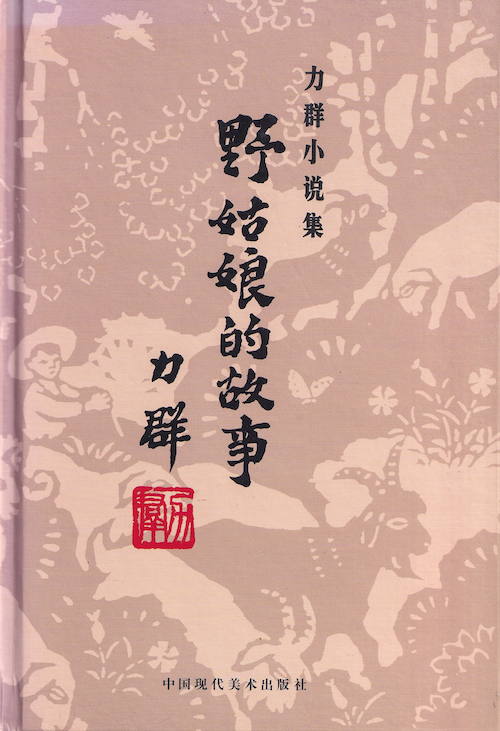
In the remote mountain village of Shanxi Province, Guilian grows up without her mother’s love, facing her father’s bitterness and the superstitions that label her unlucky. Despite harsh circumstances, she finds solace in nature and solitude. As she matures, Guilian’s resilience becomes her strength, defying her father’s attempts to sell
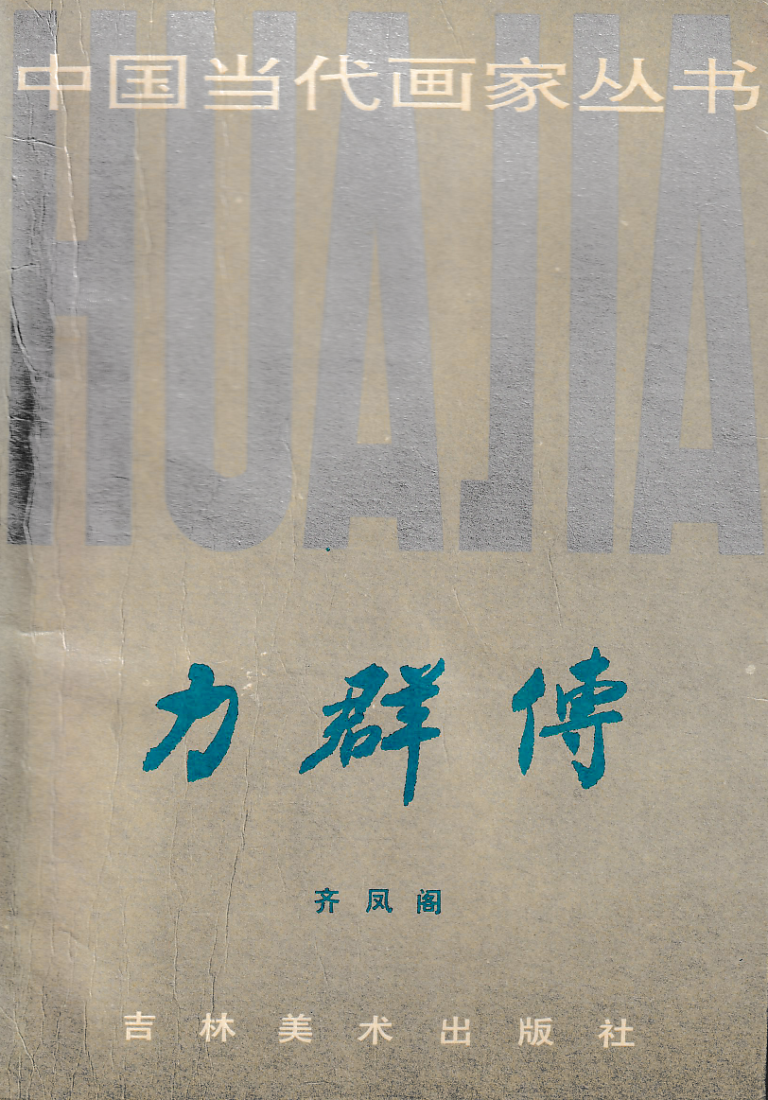
Li Qun the renowned woodcuts artist from Shanxi has weathered numerous challenges and remained committed to self-improvement, guided by unwavering beliefs and relentless determination. His journey from rural origins to urban landscapes, from the city to Yan’an, reflects his resilience and perseverance amidst life’s trials. This book not only chronicles

An autobiography penned by the renowned Chinese woodcuts artist Li Qun. Through a blend of documentary techniques, Li Qun vividly recounts the twists and turns of his career, tracing his creative journey and artistic evolution over the past century. This captivating autobiography immerses readers in the rich tapestry of historical
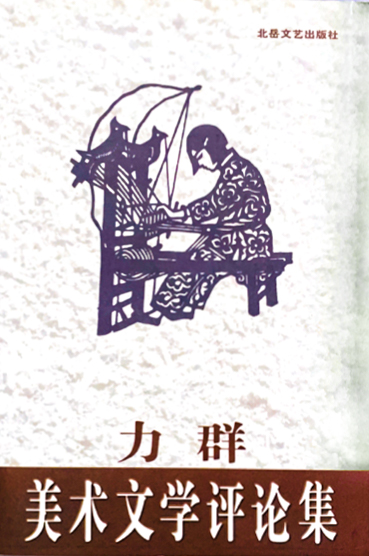
Li Qun renowned woodcuts artist who has been engaged in artistic creation for nearly 60 years. He persists in both printmaking and literary creation, and is also involved in Chinese painting. Additionally, he is a well-known art critic. His prints are characterised by their simplicity, clarity, and lyrical colours, reflecting
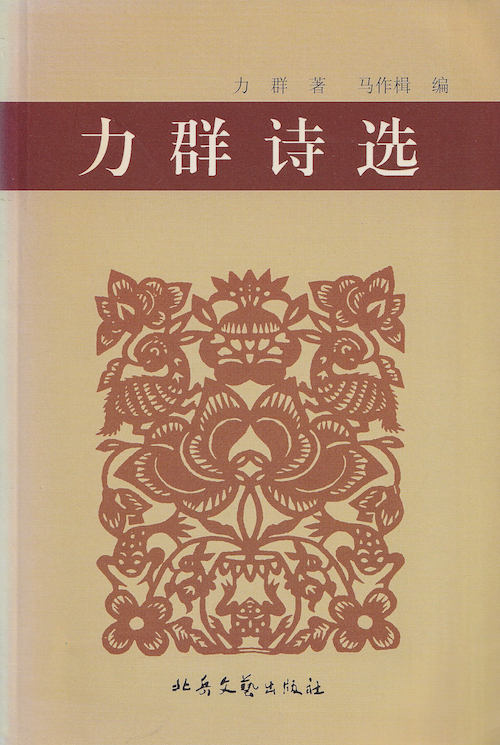
“Selected Poems of Li Qun,” compiled by the artist himself, finding its verses rich in sincerity, vivid imagery, and melodious rhythms. Divided into three volumes with a total of 88 poems, the collection showcases Li Qun’s deep emotions, artistic vision, and linguistic precision. Each poem resonates deeply, ranging from tranquil
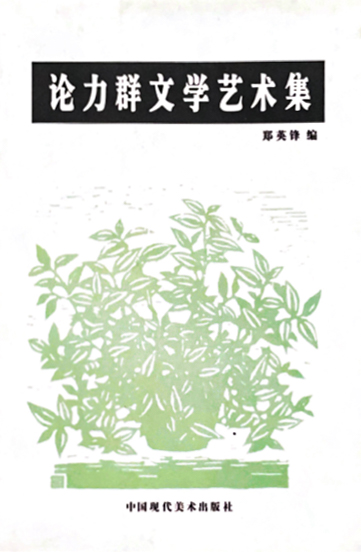
Li Qun, born on December 25, 1912, in Haogia Village, Shanxi Province, has been involved in art for nearly 60 years. He grew up in a rural environment, which greatly influenced his woodcut creations and writings. Li Qun studied at the National Hangzhou Art Specialized School and later joined the
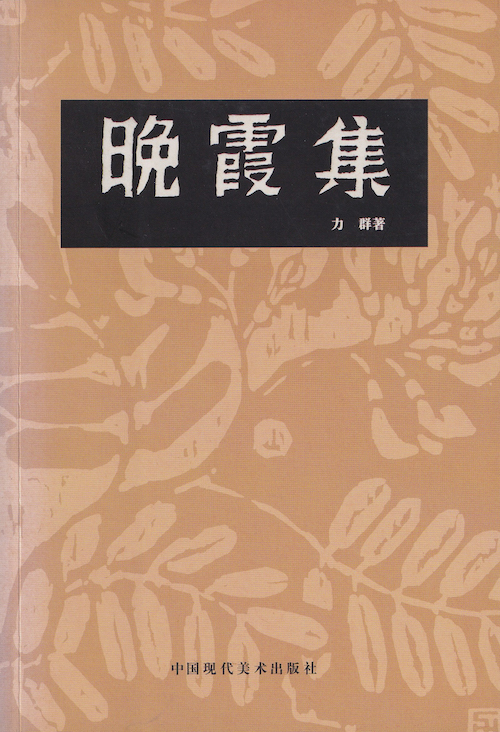
Li Qun, known primarily as a woodcuts artist showcases his literary talents alongside his passion for painting in an anthology spanning novels, essays, and critiques. The collection starts with “The Story of the Wild Girl,” a moving novel, followed by serene prose pieces like “My Paradise” and “Hua Orchid.” His
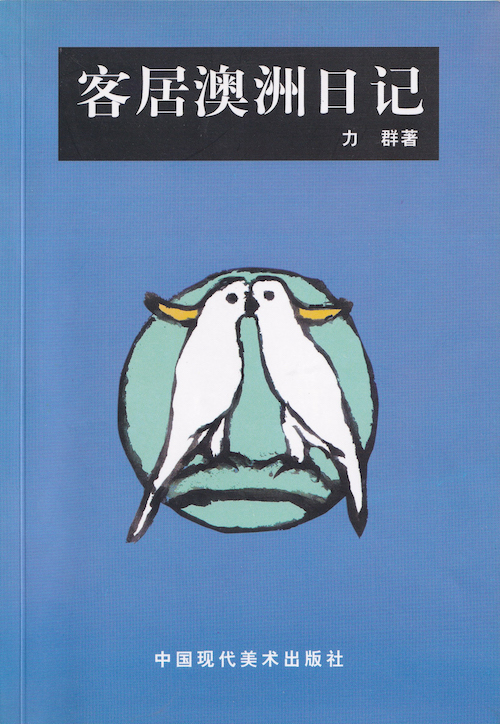
In December 1994, Li Qun embarked on a five-month journey to Australia, chronicling his experiences in “Diary of living in Australia.” Through daily entries, he contrasts the climate, environment, and cultural interests of Australia with the mainland. Sydney’s wildlife, especially the playful parrots, captivated him, as shared in his letter
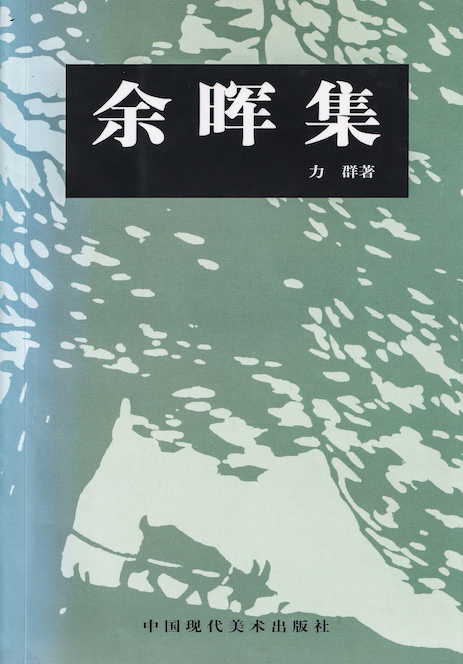
The “Afterglow Collection” signifies the culmination of Li Qun’s literary journey following the “Sunset Collection”. Within its 34 articles, each holds significance. Particularly noteworthy is “The Eternal Navigation Lighthouse,” detailing the “Yan’an Forum on Literature and Art” exploring its historical impact and contemporary interpretation. “My Creative Path” delves into personal
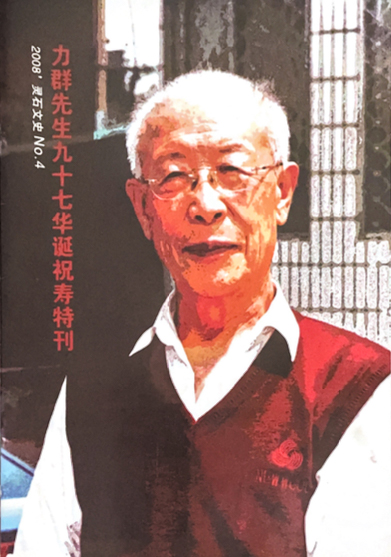
Congratulations – To Mr. Li Qun, a renowned Chinese printmaker, writer, literary critic, and local luminary. Respected Mr. Li Qun: Today marks your 97th birthday. First and foremost, please allow us, on behalf of the Ling Shi County Committee, Government, People’s Congress, Political Consultative Conference, and all 240,000 residents of
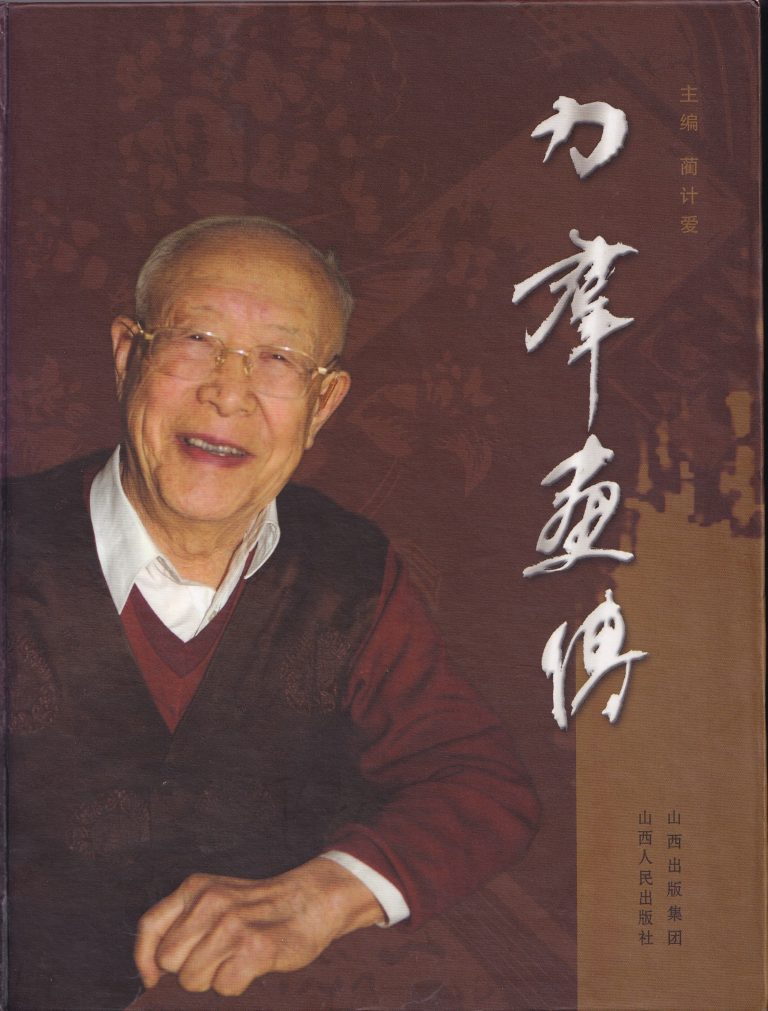
The forthcoming “Picture Biography of Li Qun” provides an in-depth look into the life and artistic journey of this revered figure. From his humble beginnings in Shanxi to becoming a pioneering force in China’s woodcuts and printmaking movement. Li Qun’s unwavering commitment to his craft endured personal and political challenges.
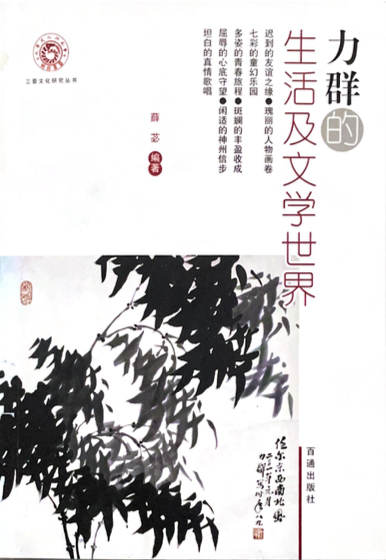
Li Qun, in my view, is a remarkable figure of his generation. Decades ago, I came across his woodblock prints in the “Jin Sui Daily,” and they truly captivated me. He had connections with the cultural giant of China, Mr. Lu Xun, as early as the 1930s. He was the
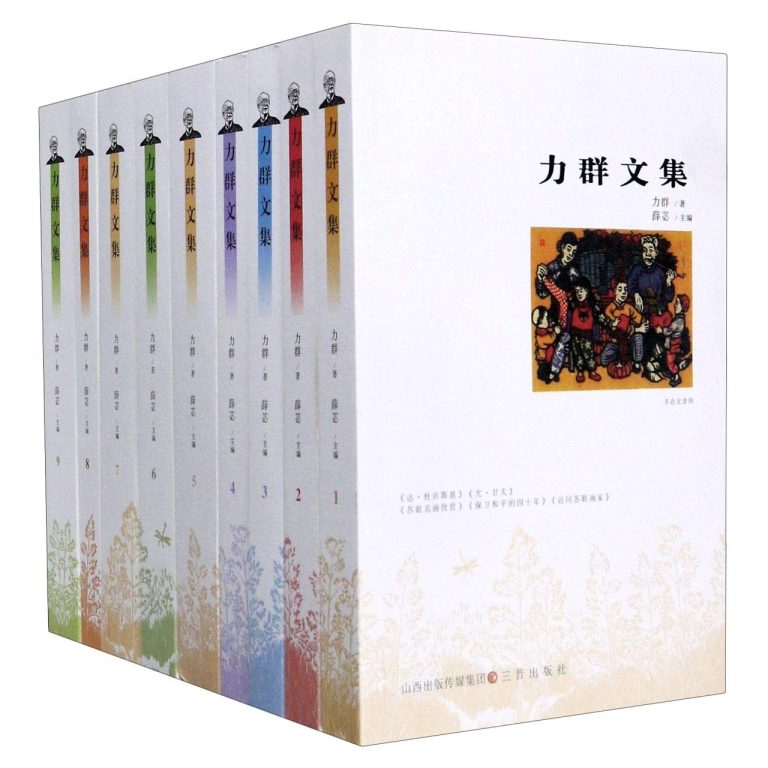
“The Complete Works of Li Qun” is a comprehensive nine-volume collection that showcases Mr. Li Qun’s dedication and creative accomplishments across various fields such as woodcut paintings, essays, novels, and literary critiques. Each volume stands as a complete entity, offering readers a glimpse into Mr. Li Qun’s artistic evolution from
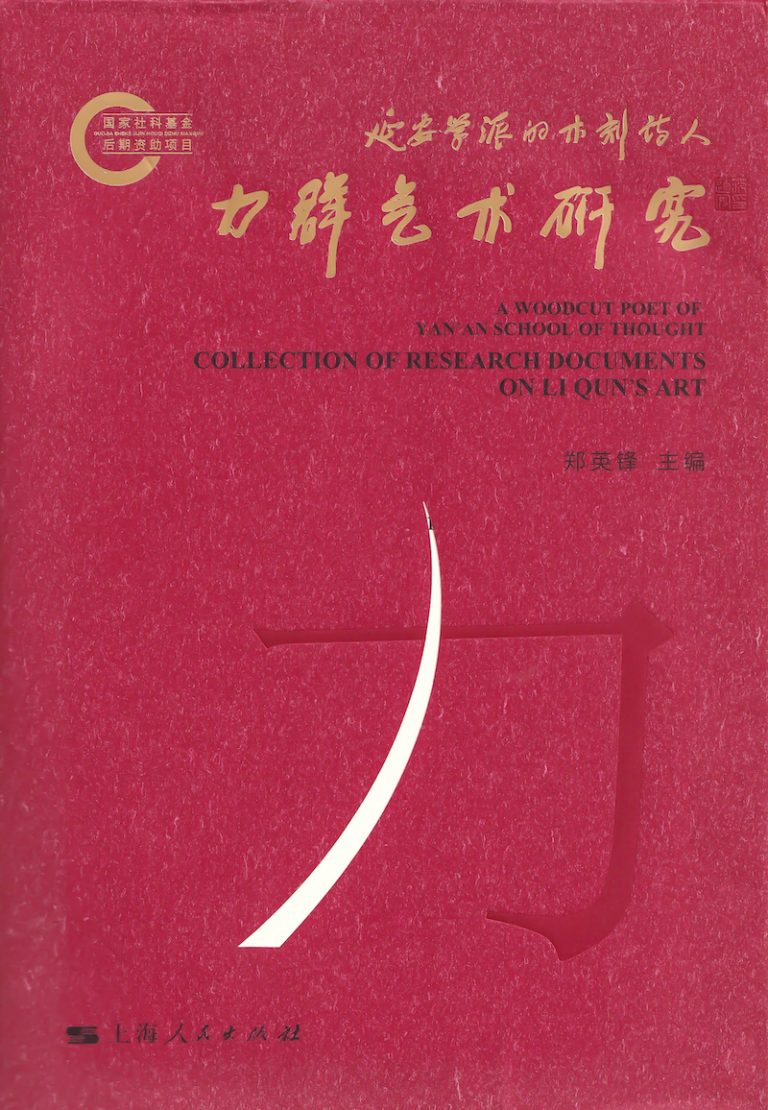
Li Qun is a prominent figure in the emerging woodcut printmaking movement in China and embodies the poetical spirit of the “Yan’an School.” He has had a significant influence on the development of modern printmaking in China. From a young age, he dedicated his art to the great cause of
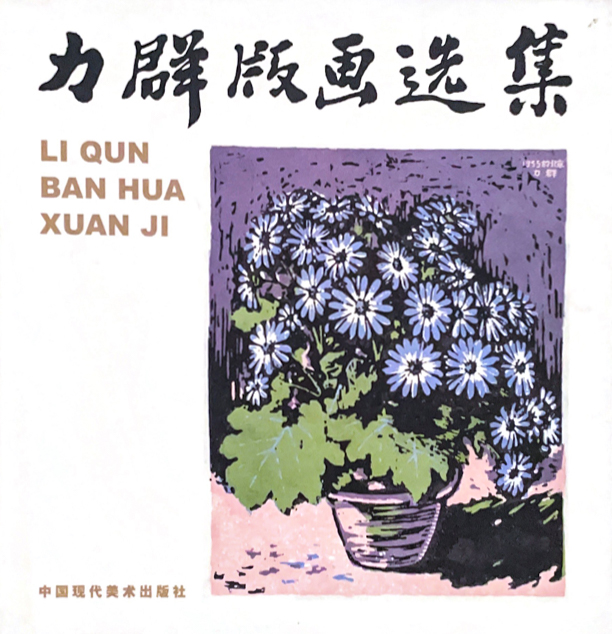
The text discusses an art exhibition held by Comrade Li Qun in Beijing’s Beihai Park, showcasing 26 pieces of his work, mostly new except for those from 1941. Despite facing challenges during various political movements over 39 years, Li Qun’s diligence shines through in his diverse and vibrant artworks. His
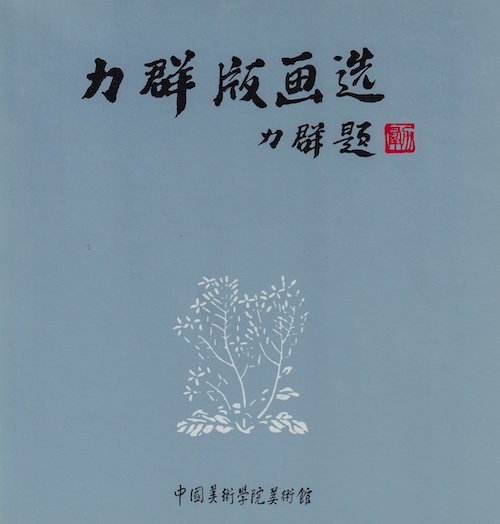
Li Qun, a native of Lingshi, Shanxi is a prominent figure in the realms of Chinese woodcuts and literary criticism. His artistic journey began at the National Hangzhou Art College (now the China Academy of Art) in 1931, a time when the influence of Lu Xun spurred a flourishing interest
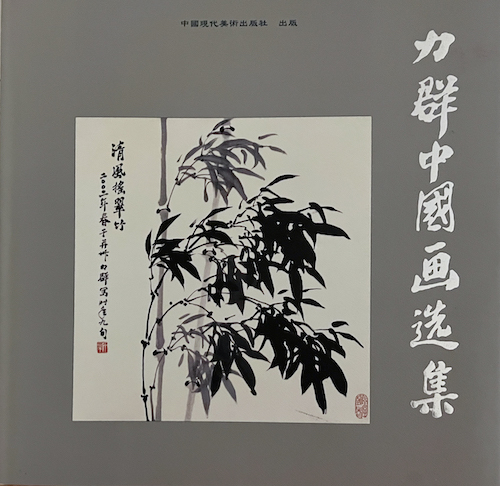
Li Qun, influenced by masters like Pan Tianshou and Li Kuchan, honed his Chinese painting skills at the National Hangzhou Art College. Combining this foundation with decades of printmaking experience, he crafts captivating works exhibited worldwide. His paintings, infused with spirit and form, resonate deeply, offering viewers a harmonious blend
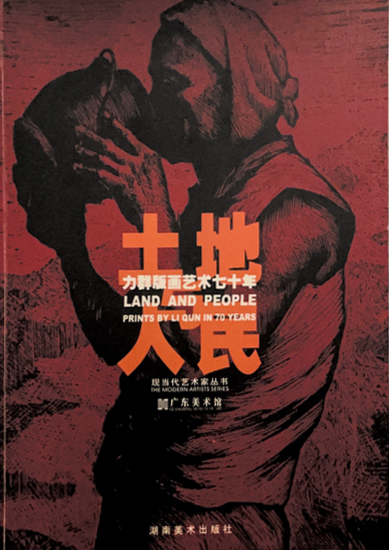
Li Qun emerges as a key figure, serving both as a witness and participant in the emerging art movement. Despite facing personal and societal challenges, Li Qun’s early works reflect influences from artists like Bouguereau and Mucha, as well as Soviet realism. Teaching at the Lu Xun Academy of Arts
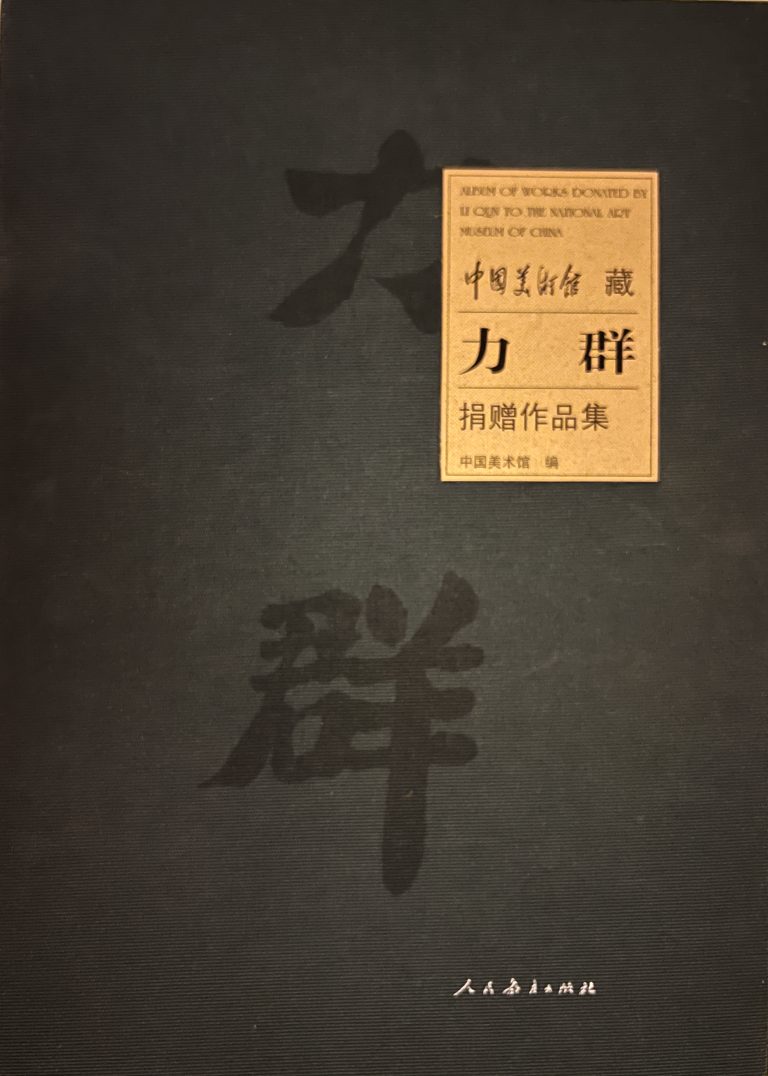
The “20th Century Special Incentive Scheme of National Art Collections and Donations” is a significant cultural initiative in China aimed at recognising artists’ contributions to 20th-century art. Started in 2004 under the Ministry of Culture’s leadership, it established the Shangguan Art Museum, praised by veteran artists who generously donated their
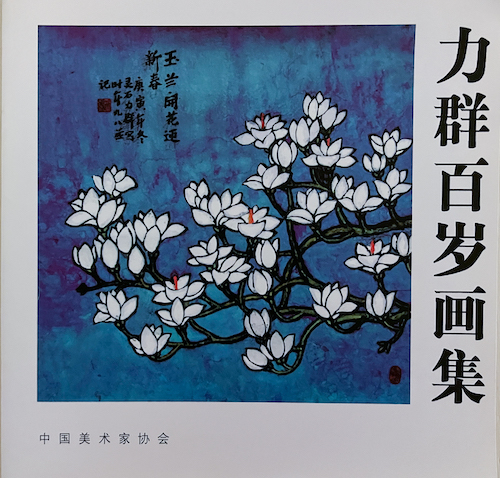
Titled “Li Qun’s 100-Year-Old Painting Collection,” this anthology celebrates the artist’s journey in Chinese painting, coinciding with his 99th birthday in December 2011. Tracing back to his education at the National Hangzhou Art College under revered mentors Pan Tianshou and Li Kutan, Li Qun initially pursued woodcarving. However, as age
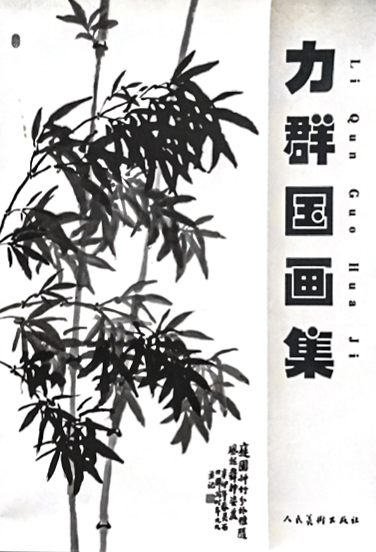
Mr. Li Qun, a respected figure in the Chinese art world, has been known nationwide for decades. Due to my love for art, I had the privilege of meeting him years ago. Despite the distance, our connection remained strong. In 2004, Mr. Li invited me to his solo exhibition, showcasing
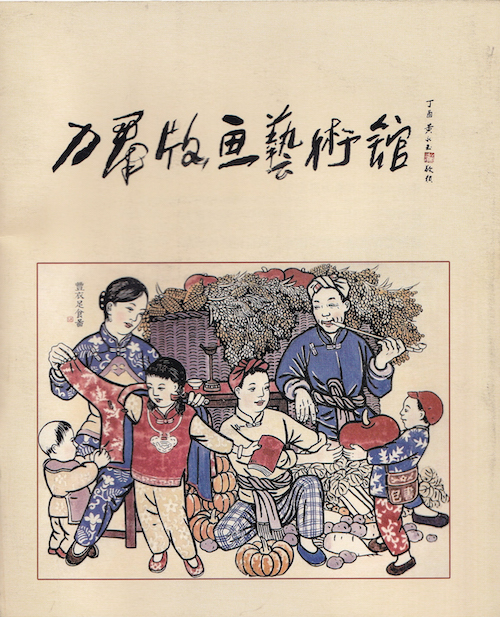
A collection of works donated to the Taiyuan Art Museum with the support of Li Qun’s family. The Li Qun Woodcuts Art Museum serves as a hub for collecting, preserving, and promoting his legacy. Located in Exhibition Hall 7 on the third floor of the Taiyuan Art Museum, the museum
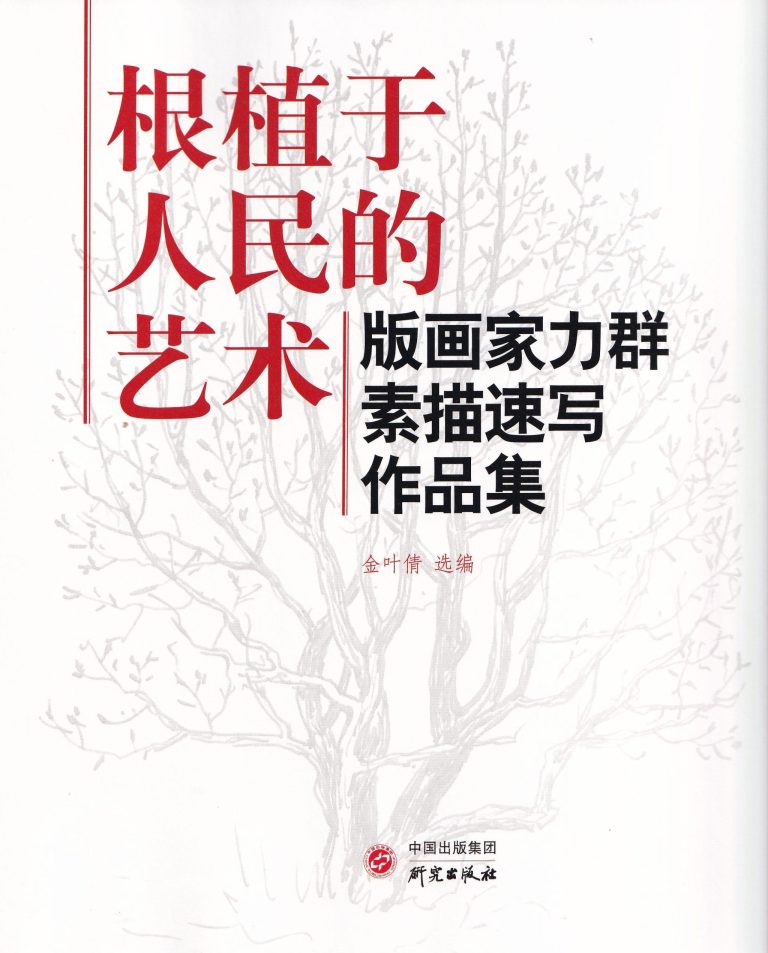
Mr. Li Qun, renowned for his woodcuts printmaking, left behind a collection of sketches that offer profound insights into his artistic journey. These sketches, discovered after his passing, span various subjects and scenes, reflecting the artist’s emotions and serving as source material. Despite their simplicity, they resonate deeply with viewers.
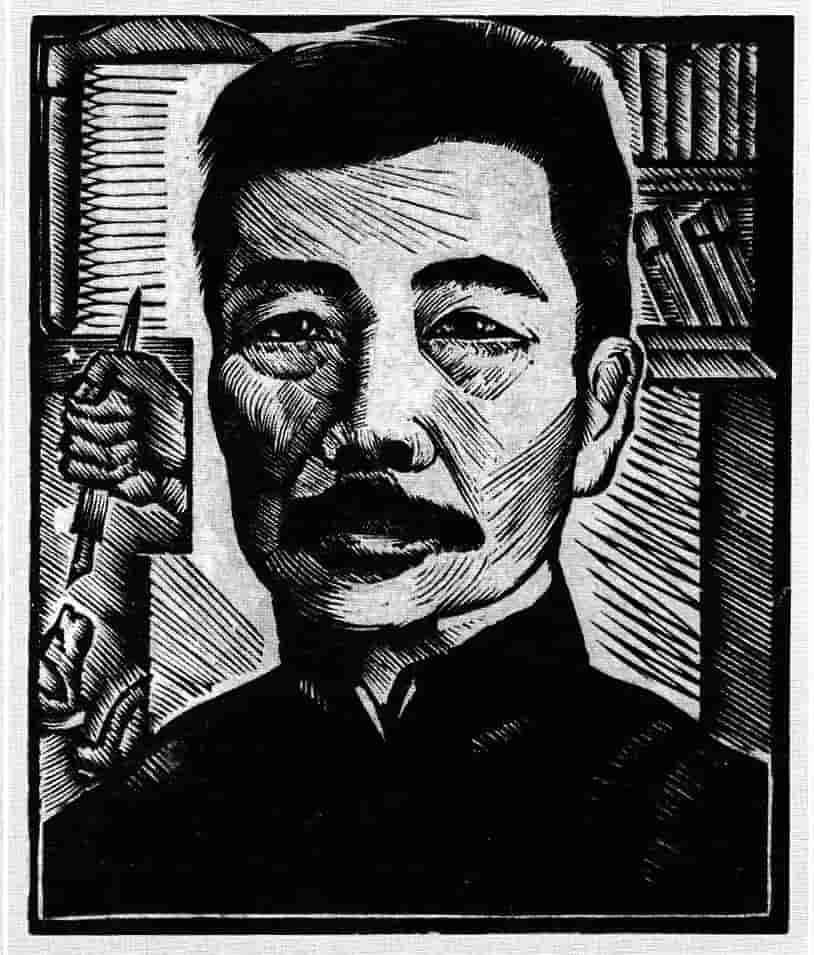
A comprehensive exploration of Li Qun Woodcuts spanning a remarkable 100-year chronicle that meticulously documents the life and career of this esteemed artist.
Gain insight into key events that shaped Li Qun’s trajectory, from his formative years in early 20th-century China to his influential presence in contemporary art. Discover the evolution of Li Qun’s craft as it intersects with major historical milestones, such as China’s Japanese invasion, Cultural Revolution and the modernisation era.
This chronicle provides a factual and detailed account of Li Qun’s journey, offering a unique lens into the socio-political landscape that has shaped both Li Qun and his iconic woodcut creations. Delve into the specifics of his chronicles to uncover the factual intricacies of a century-long artistic legacy.
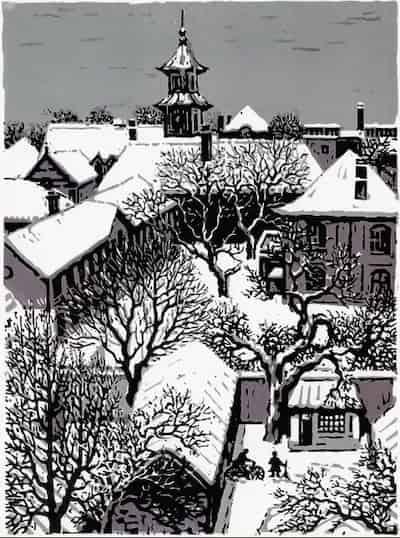
We offer a range of services from sourcing Li Qun’s art for purchase, but more importantly documenting artworks in public collections globally.
If you have Li Qun’s art work, we would like to keep a record of your collection. this is to help the future validations of Li Qun’s art work.
We are committed to facilitating a comprehensive understanding of Li Qun’s artistic legacy. While our services do not include artwork verification, we do have established contacts that may assist in this regard, subject to potential costs.
This website is managed by Li Qun’s family to preserve his legacy, and to connect with curators, historians, collectors, artists, fans and admires across the globe.
contact@liqunwoodcuts.org